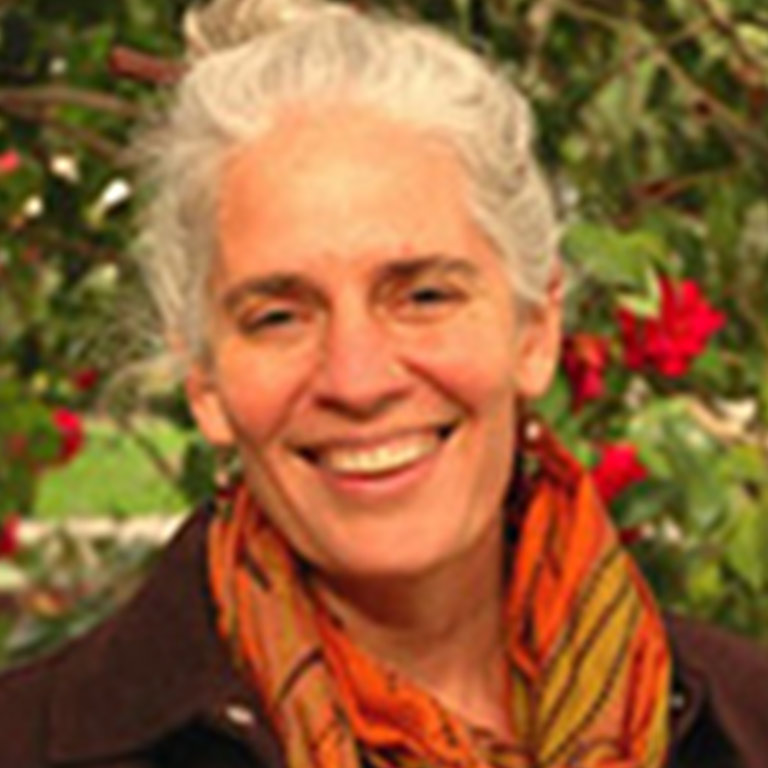In Stigma and the Expressive Arts: Cultivating Compassion, students will unpack how norms are created in and by societies as well as understand the changing nature of stigma. Dr. Susan Seizer hopes that ANTH-E 203 moves beyond the conceptual, where students will witness through various texts and films the ways in which people who are stigmatized adapt and counteract stigma. While she has taught a version of this class for 25 years, this is the first time that it is offered at the 200-level.
An interview with Dr. Seizer, a professor in the Department of Anthropology, is below.
Why is it important for students to take this course?
Dr. Seizer: I think it's important for students to get a sense of how they fit into categories of people whose characteristics could at any given time be stigmatized depending on the way that categories of people are created by societies. From the linguistics lexicon, you have marked and unmarked categories of people. For example, male is in the unmarked category, female is the marked category or able bodied is the unmarked category, disabled is the marked category.
What I like to do here is look at how any given society sets up these marked and unmarked categories of people, make sense of the feelings and experiences, and listen to those whose lives have been affected by experiences of stigma, and of inhabiting a marked category.
I'm aiming for the viewer to have compassion and, tying into the theme of resilience, to recognize how much work those who are stigmatized (for any particular reason) must do to bounce back, to find a way to live, and express their experiences. People, both alone and in community, have used many strategies to counteract the stigmatizing gaze, and the course aims to look historically at a range of these strategies.
What knowledge or skills do you hope they gain?
Dr. Seizer: I hope they'll become better listeners and less afraid to talk to people who are other. One of the funny things is that we're taught as children not to ask people about even glaring differences —someone uses a wheelchair, or has a different color of skin, or speaks a foreign language—while in actuality anyone marked by such things knows well that they are, and might well welcome interactions that don’t pretend to hide this knowledge. For example, if you ask someone in a wheelchair, “Why are you in a wheelchair?” that person can tell you, s/he has certainly already thought about this, and beginning a conversation here is better than ignoring the obvious.
I want to get people to communicate, to not feel afraid to communicate, and to be that person who's able to show a compassionate response. I hope that students lose their fear of speaking directly to people who are other than they in some socially marked way, and thus break down inherited walls that otherwise inhibit communication.
What do you learn from teaching this course?
Dr. Seizer: It's been so interesting because students always bring their own experiences. I really like this to be a discussion class, so we read a lot of material that students haven't had access to before, and it always brings up something—maybe in their family or their friends or something that they can relate to.
I love hearing from students about how this is playing out for them now and where they are in learning. Learning either normative values or what's not normative are things that we learned very early on, so I like to share a children's book at the very beginning called, It's Okay to be Different. That book, while it is so well-intentioned, says, “It's okay to have two moms, it's okay to have invisible friends, it's okay to have different colored skin, it's okay to have a big nose.” But, actually what it teaches you is that that's weird, that's abnormal. You're not supposed to have two moms, you're not supposed to have a big nose, you're not supposed to have invisible friends, so it's a kind of double-edged sword.
I like to find out if they can access where students are learning norms these days. Whether it's on TikTok or somewhere else, it becomes just a really interesting cross-generational conversation.
What to you is the most interesting aspect of this course?
Dr. Seizer: I love the films and texts because we read a lot of stuff that students don't get in any other place. There's a book called Freak Show, and it's about the history of freak shows and putting people on display. It's material that students haven't really engaged with and about the changing nature of stigma. It used to be stigmatized to have a tattoo, for example, and this generation of kids are like, “You're kidding, right?”
Are there any assignments that you're particularly excited about?
Dr. Seizer: One of my favorite assignments is to ask students to describe this course and what they're learning in it to three different people, very different people. They could be imaginary or could be real people in their lives. Then, I ask them to reflect on what kind of decisions they made in describing it this way.
Otherwise, I really love watching films with the students and getting immediate feedback. We watch them together as a screening, so we don't do it on our own. We do it as a group and talk about it immediately after, and that's what my favorite thing to do. I also just love reading and talking about books together because it's a very special thing that one gets in school. You get the opportunity to talk about books together with other people who read the book, and I think that's great. I really like to run this as a discussion class, but I do [some] lectures to make sure everyone has the basics down.
What type of students would you encourage to take this course?
Dr. Seizer: Anyone who's ever felt alienated in any way, and is searching for their own ability to find strategic resilience.
View this course
View Themester courses




 The College of Arts
The College of Arts